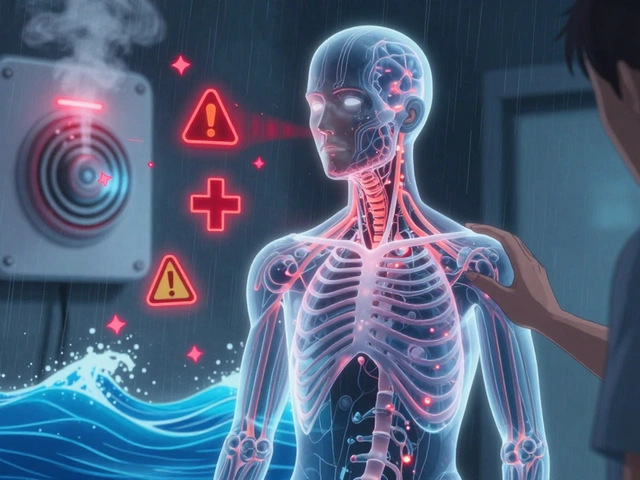HIV/AIDS Treatment: What Works and What You Need to Know
Antiretroviral therapy (ART) has changed HIV from a fatal illness to a treatable condition. Starting treatment early and staying on it is the most powerful step you can take to protect your health and stop transmission. This page pulls practical, down-to-earth guidance together so you can make smarter choices about meds, pharmacy options, and everyday care.
How ART works and what to expect
ART uses combinations of drugs that block different steps of the virus life cycle. Common drug types include NRTIs (like tenofovir), NNRTIs, integrase inhibitors (dolutegravir), and protease inhibitors. Most people take a single pill or a simple daily combo that keeps the viral load undetectable. Expect routine blood tests: viral load and CD4 counts usually every 1–3 months at first, then less often once stable.
Side effects can show up early—nausea, headaches, or sleep changes—but many settle in weeks. Long-term issues are uncommon with newer drugs, but things like bone density or kidney checks may be needed depending on the regimen. Stopping or missing doses raises the risk of resistance. If side effects or access to meds is a problem, talk to your provider before changing anything.
Simple, practical tips for daily care
Adherence beats everything. Use alarms, pillboxes, or link meds to daily routines (meals, brushing teeth). Tell your provider about every medicine, supplement, or herbal product you use—some interact with ART and reduce effectiveness. That includes common items like antacids, certain antibiotics, and even strong herbal supplements.
Be careful buying meds online. Only use licensed pharmacies that require a prescription and show clear contact details. Read reviews, confirm the pharmacy is legitimate, and if a price looks too good to be true, it probably is. If you need advice on safe online ordering or medication access, check trustworthy guides before you buy.
Prevention matters: condoms, regular STI testing, and for partners without HIV, PrEP are proven ways to reduce spread. If you’re pregnant or planning pregnancy, treatment choices shift slightly—early and consistent ART protects both you and the baby, and specialists can pick the safest options.
Watch for signs of opportunistic infections (persistent fever, weight loss, severe cough). Some people need preventive meds at low CD4 counts—your clinic will advise. Keep up with vaccines your provider recommends (flu, COVID when due, and others safe for people with HIV).
If you run into problems—side effects, trouble getting meds, confusion about interactions—call your clinic or pharmacist. Small changes like swapping a drug, adjusting timing, or checking a supplement can fix many issues. For step-by-step help, the PlushCare Pharmacy Guide has articles on safe online pharmacies, alcohol and medication interactions, and practical tips for buying meds legally and safely.
Stay informed, be honest with your care team, and treat adherence as non-negotiable. With the right plan, most people with HIV live long, healthy lives.
Georgea Michelle, Jun, 2 2023
Indinavir and the Importance of Early Detection and Treatment of HIV/AIDS
As a blogger, I cannot stress enough the importance of early detection and treatment of HIV/AIDS. One powerful weapon in our arsenal is Indinavir, a potent protease inhibitor that helps prevent the virus from reproducing. When used in combination with other antiretroviral drugs, it can significantly improve the health and lifespan of those living with HIV/AIDS. Early detection and intervention give patients the best chance to manage their condition and lead fulfilling lives. So, let's continue to raise awareness and encourage regular testing to ensure that everyone has the opportunity to benefit from treatments like Indinavir.
View More





